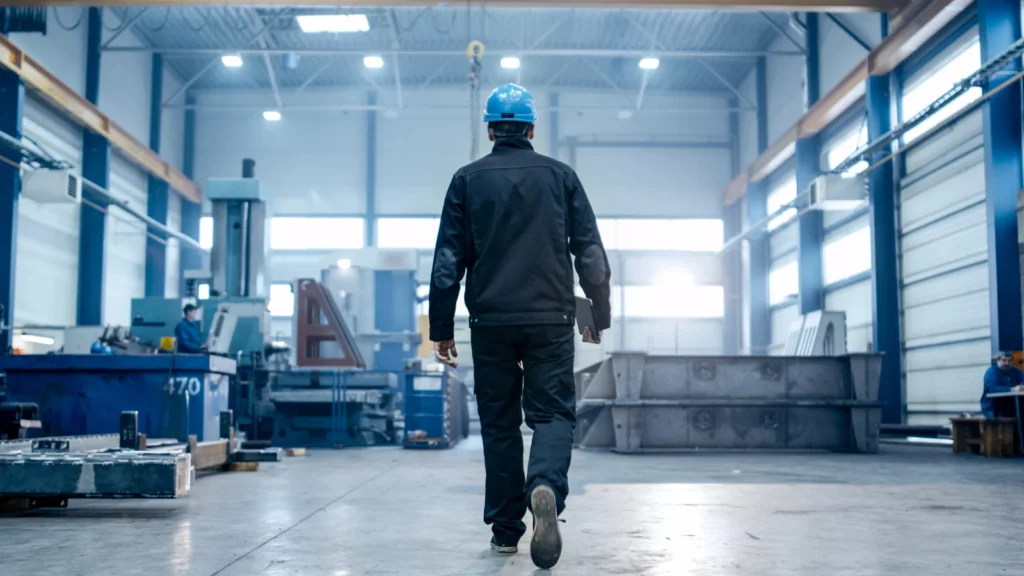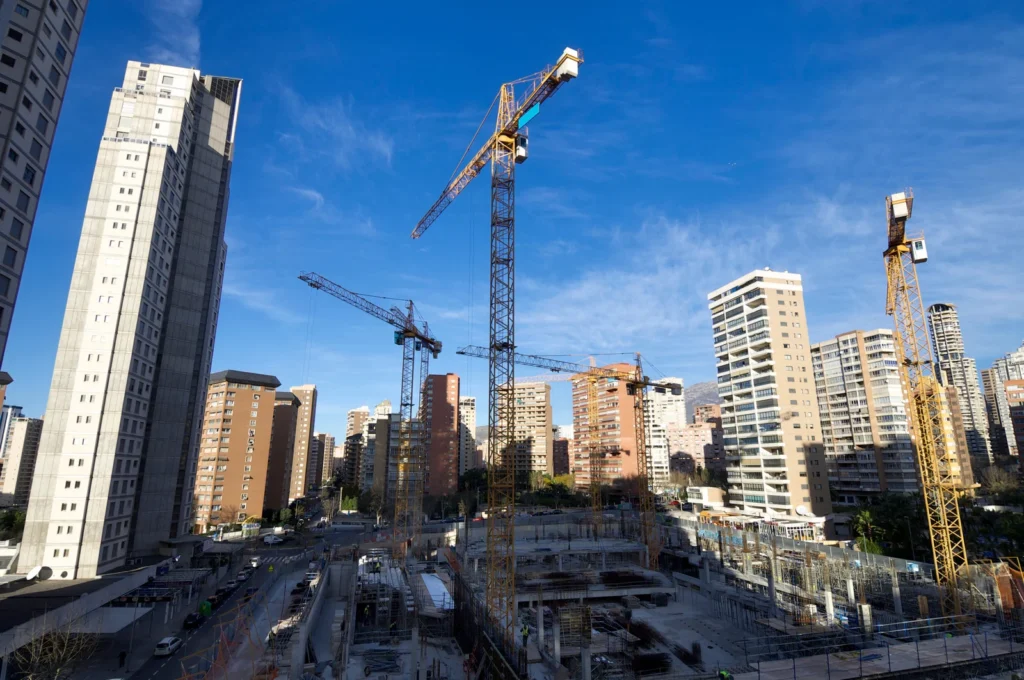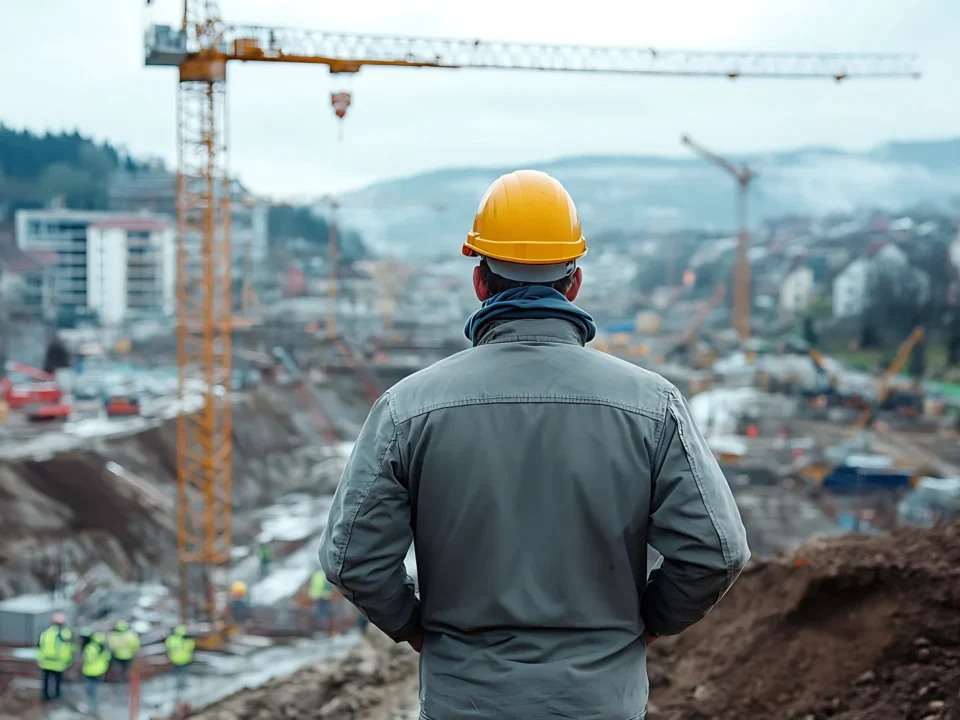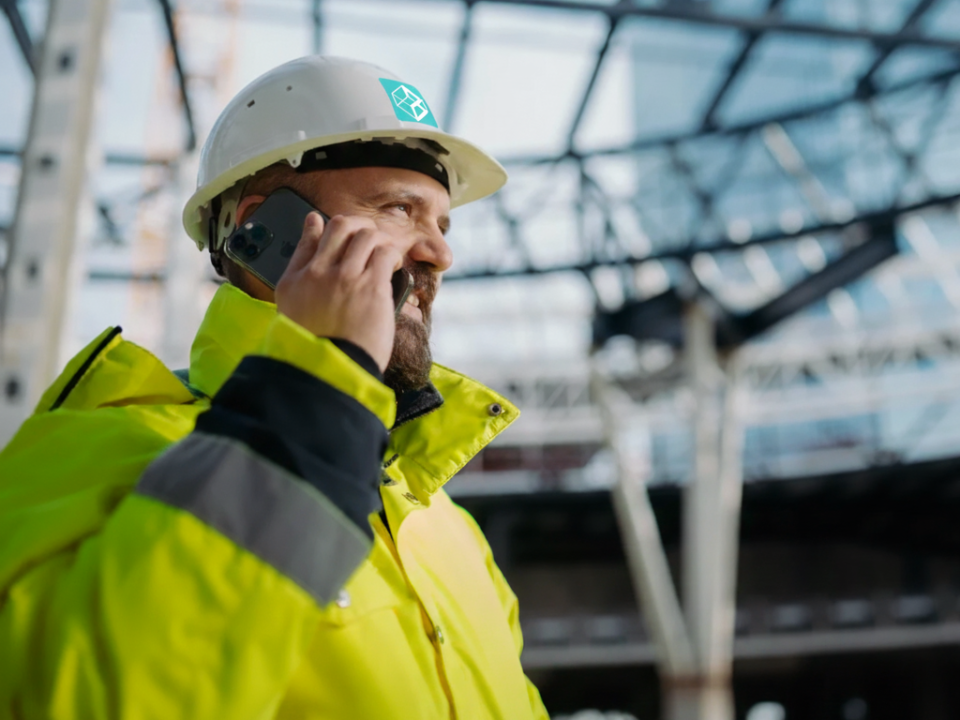In the digital age, the most important insights don’t always come from reports or scheduled inspections-they come directly from your buildings, systems, and infrastructure. These physical environments may not speak in words, but they constantly communicate through data. The question is: are you listening?
If you’re still unsure whether a digital twin is necessary, your buildings and systems may already be giving you the answer. Often, it’s not a sudden failure or dramatic event that reveals the need, but a slow buildup of overlooked signals-shifting energy usage, unexplained temperature variations, unexpected maintenance, or inconsistent space performance.

What Is a Digital Twin?
A digital twin is a real-time, virtual replica of a physical asset—whether it’s a machine, an HVAC system, a commercial building, or even an entire urban district. It reflects the actual condition, usage patterns, and performance of that physical environment by continuously processing data from sensors, systems, and user interactions.
More than a model or a dashboard, a digital twin enables prediction, simulation, and optimization. It doesn’t just tell you what is happening—it helps you understand why, and more importantly, what to do next.
In the context of buildings, a digital twin might monitor thermal behavior, air quality, energy flow, occupancy dynamics, or structural integrity—all in one integrated view.
When Buildings Whisper: The Data Behind the Walls
Buildings and infrastructure assets continuously generate signals: a subtle drop in airflow, rising humidity in a specific zone, a lighting schedule that no longer matches occupancy patterns. These shifts don’t always raise alarms, but they affect comfort, cost, and operational efficiency.
Traditional facilities management tools often operate on fixed schedules or siloed systems. But when systems fall out of sync—cooling fighting heating, lights on in empty rooms, escalators over-serviced and elevators underperforming—the real-world data tells a different story. A digital twin listens to that story.
It’s not about watching every sensor. It’s about understanding the relationships between them. A rise in CO₂ may point to ventilation issues. Increased energy use may signal occupancy mismatch or insulation fatigue. Your building is speaking in patterns. Are you decoding them?

From Operation to Optimization
Digital twins shift building management from static control to dynamic optimization.
By combining real-time building data with contextual understanding, they enable:
- Predictive maintenance: Intervening before faults affect occupants.
- Energy efficiency: Adjusting systems proactively based on use, not assumptions.
- Space utilization: Aligning environments with actual human behavior.
- Sustainability tracking: Measuring carbon impact as conditions evolve.
This isn’t theory—it’s measurable value. When building systems become intelligent, comfort improves, costs fall, and performance becomes transparent.
Start with What Matters Most
Digitizing an entire building portfolio overnight isn’t realistic. The best starting point? Buildings or zones where inefficiency is visible but poorly understood. Start where energy use is spiking, where comfort complaints are recurring, or where maintenance feels reactive instead of strategic.
Use existing sensors and building systems to create a live model. Monitor real conditions. Run simulations. Observe how small adjustments lead to measurable gains.
As confidence grows, so does the scope—expanding to multiple systems, floors, or campuses.
Real Examples, Real Impact
In smart buildings, digital twins have reduced energy usage by dynamically adjusting HVAC and lighting based on occupancy and weather forecasts. In healthcare facilities, they’ve helped optimize airflow to reduce pathogen spread. In commercial real estate, they’ve revealed underused areas that can be repurposed—saving leasing costs or boosting productivity.
The result is more than savings. It’s control. Insight. The ability to act before problems become visible. The ability to create environments that respond intelligently to people, weather, time, and use.
Conclusion: Your Building Already Knows What’s Wrong
The question isn’t if you need a digital twin. It’s how much longer you can go without one. Whether it’s unexplained spikes in energy bills, rising maintenance costs, or declining occupant satisfaction—your building is sending signals.
A digital twin gives you the tools to interpret them.
It’s not another system—it’s the missing layer between data and action. The bridge between architecture and intelligence. The foundation for more efficient, resilient, and sustainable spaces.
Your building is speaking. Maybe now’s the time to start listening.





